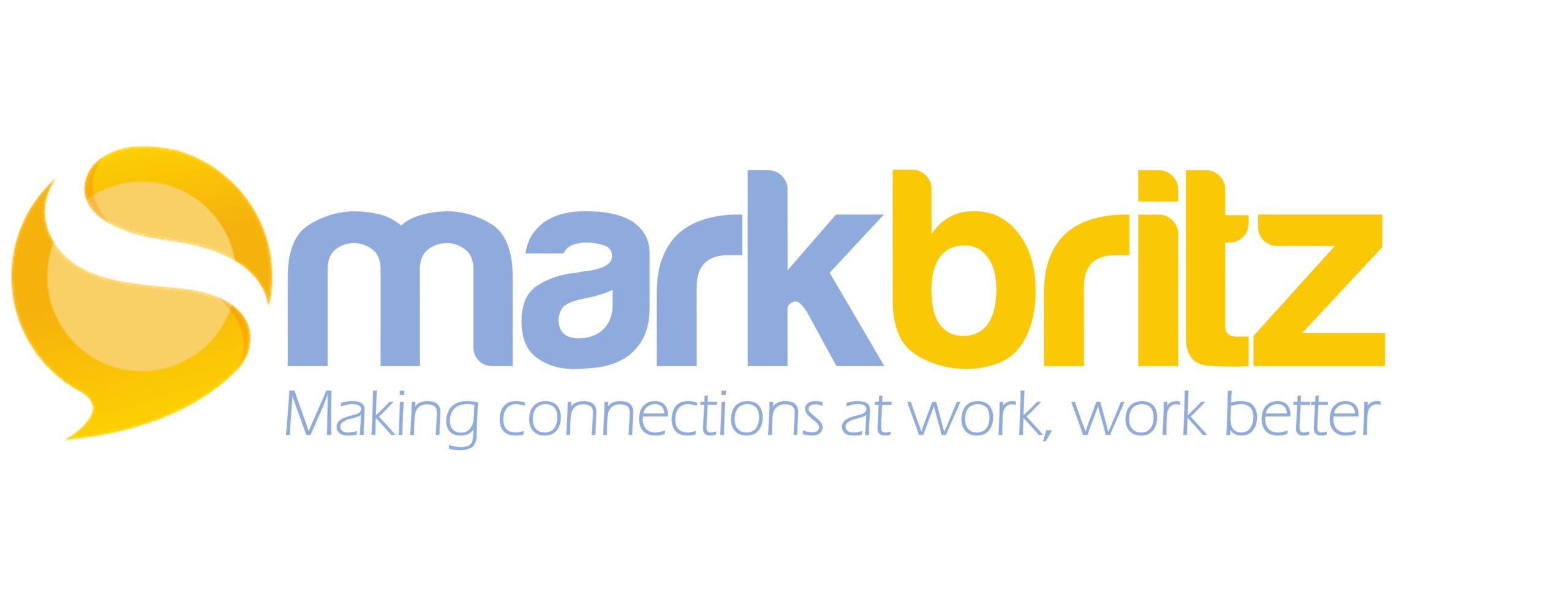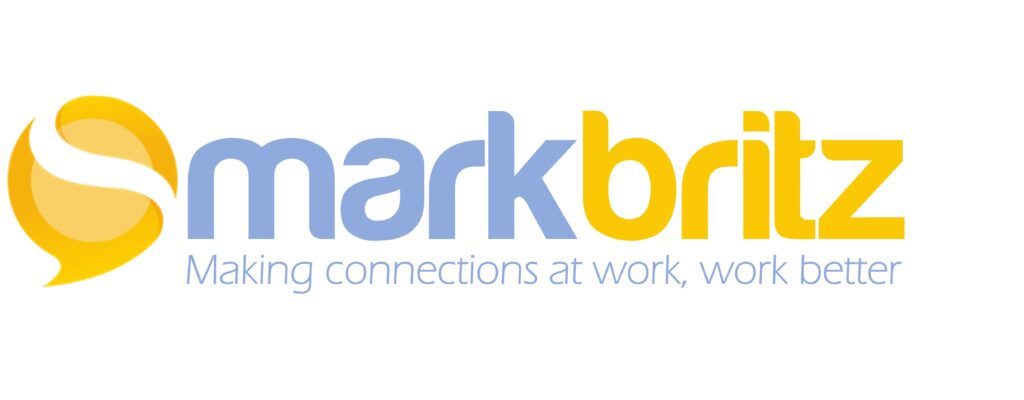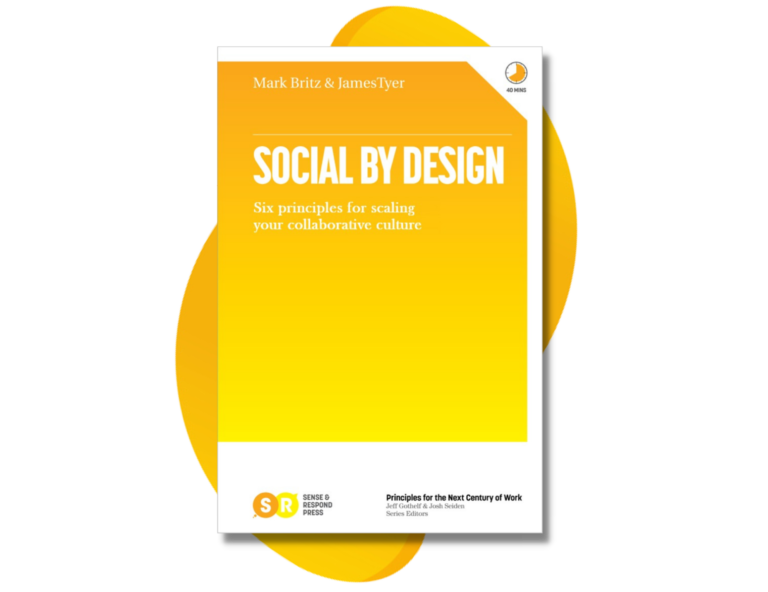Read my latest TD Magazine article: The Antidote for Social Atrophy
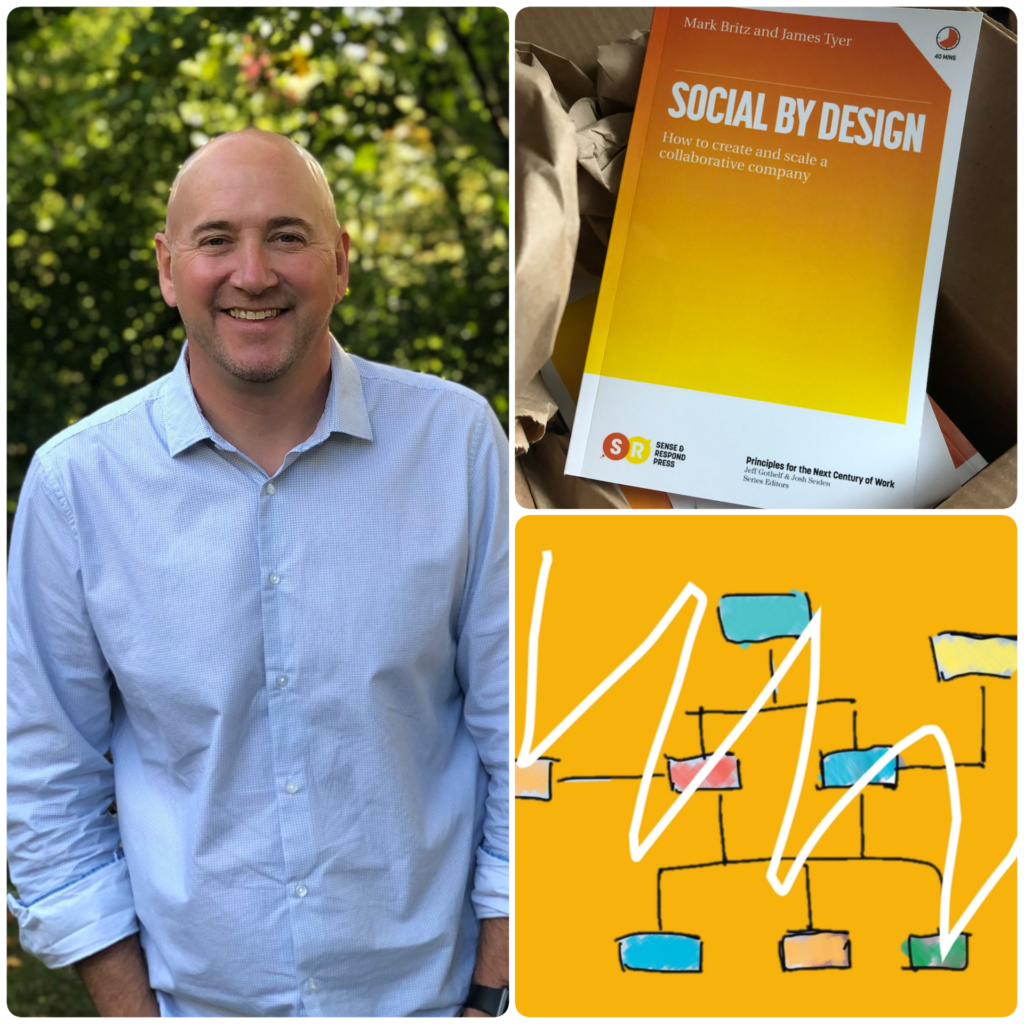
Hi. I'm Mark
and my career in a word?
Optimize (verb) /ˈäptəˌmīz/
1. To make the best or most effective use of a situation, opportunity, or resource.
I strive to make things work better for organizations—not by starting over, but by refining what’s there. I focus on improving performance through smarter learning experiences, more impactful event design, frictionless workflows, and systems that enhance collaboration and knowledge sharing. With a pragmatic, principled approach, I turn what exists into what performs at its best.
Keep scrolling to learn more about what I’ve done and do for organizations.
Digital Learning
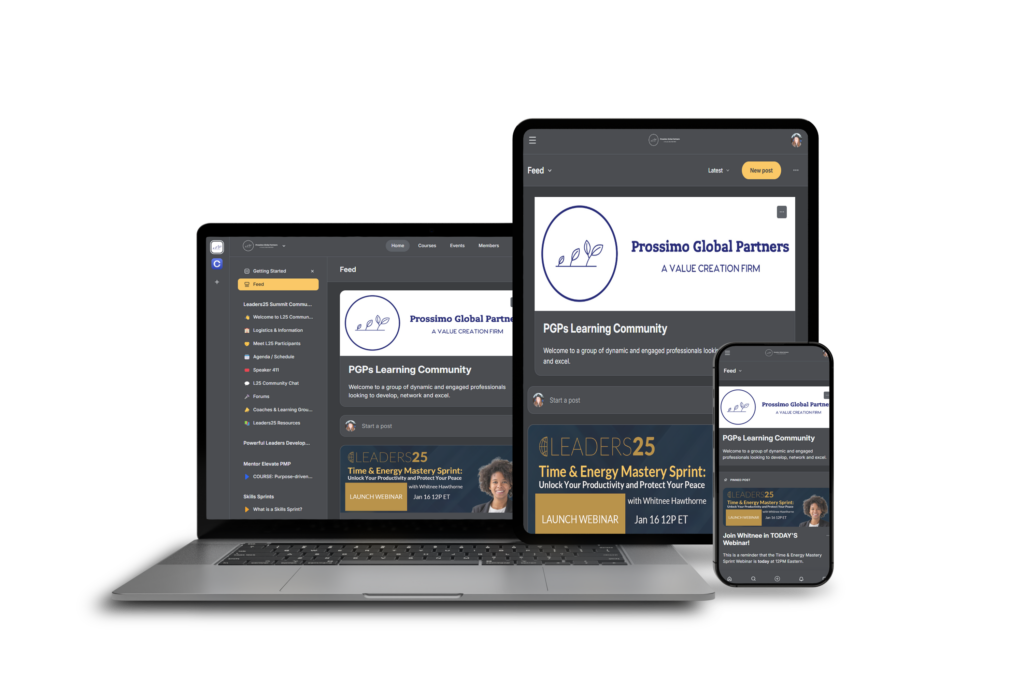
At PGP, I transformed traditional face-to-face and live video conference training into a scalable, self-paced collaborative experience. Mentor Elevate—a purpose-driven program empowers hundreds to master mentoring skills through cohort-based learning.
At PGP, I transformed traditional face-to-face and live video conference training into a scalable, self-paced collaborative experience. Mentor Elevate—a purpose-driven program empowers hundreds to master mentoring skills through cohort-based learning.
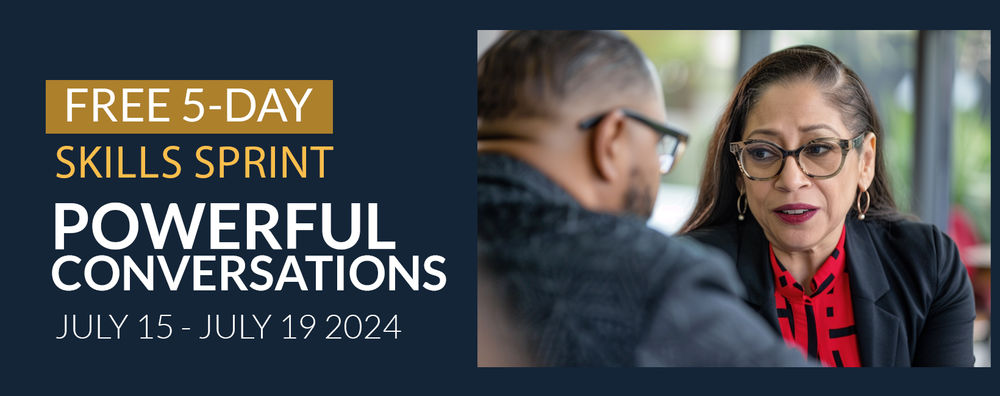
I evolved a marketing innovation into a focused client solution. “Skills Sprints,” are intensive, email-driven learning journeys on topics such as personal energy, clarify purpose, and enhance interpersonal communication - all within a private, collaborative space to share and reflect.
I evolved a marketing innovation into a focused client solution. “Skills Sprints,” are intensive, email-driven learning journeys on topics such as personal energy, clarify purpose, and enhance interpersonal communication - all within a private, collaborative space to share and reflect.
What'd they say?
“Great teams don’t just adapt to change – they drive it. Mark embodies that philosophy. He sees opportunities where others see challenges, connects ideas in ways that create real impact, and brings people together to make things happen. He is a trusted partner and a true leader in fostering learning, collaboration, and growth.” – Phil Harkins, Chairman, Prossimo Global Partners

Program/Project Management

As Sr. Director of Programming at The Learning Guild, I led a team of program managers in the design of learning events for two of North America's largest learning technology conferences (DevLearn and Learning) with over 150 learning opportunities and serving over 6000 attendees. Additionally, I drove the content and speaker selection for six online conferences per year.
What'd they say?
“His keen insights enabled myself, and the sales team I managed, to gain insight into new product offerings, and enabled us as a team to balance sales opportunities with the needs of the audience. Going over and above his traditional responsibilities, he would often offer to provide guidance to benefit our organization.” – Lenore Higgins, Sr. Event Director, CloserStill Media

Strategy
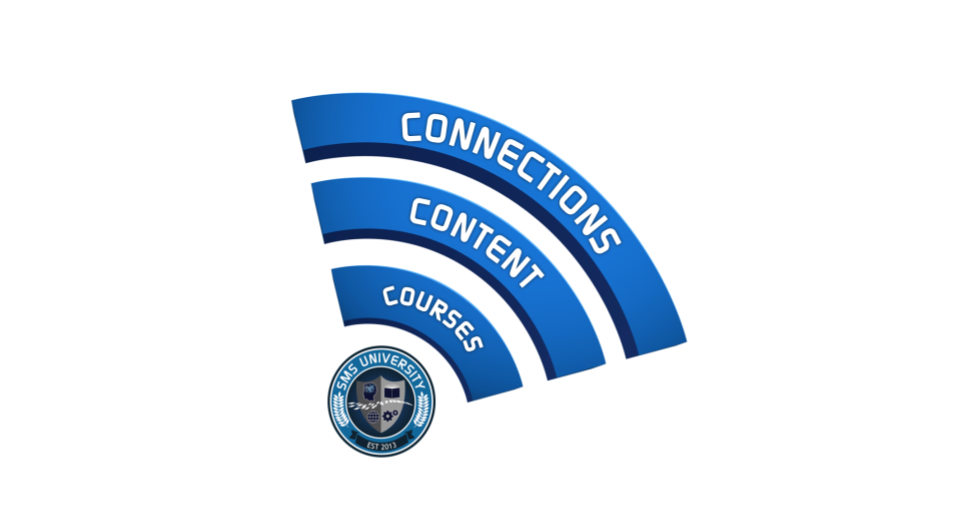
Facing challenges of inconsistent execution and redundant processes, I reimagined organizational learning with UnionConnect—a social-centered corporate university powered by Jive Software. This initiative connected over 500 professionals across diverse centers, streamlining collaboration and fostering a consistent approach to execution.
Facing challenges of inconsistent execution and redundant processes, I reimagined organizational learning with UnionConnect—a social-centered corporate university powered by Jive Software. This initiative connected over 500 professionals across diverse centers, streamlining collaboration and fostering a consistent approach to execution.
What'd they say?
“In a little over two years at SMS, he established our L&D area, instituted our SMS University concept, deployed over 60 corporate level programs, implemented our corporate Social Media Network (using JIVE), instituted Lynda.com and MS eLearning tools for the corporation and instituted the concept of Learning for SMS.” – Michael Campion, Director, Corporate Initiatives, Systems Made Simple

Scaled Social Learning

A geographically dispersed workforce prevented expert knowledge sharing. I quickly set up and modified a Sharepoint wiki for asynchronous social learning at scale. Office Managers in the field could engage in role playing challenging conversational scenarios with new hires - improving their skills in advancing patients forward with treatment.
A geographically dispersed workforce prevented expert knowledge sharing. I quickly stood up a Sharepoint wiki for asynchronous social learning at scale. Office Managers in the field could role engage in role play scenarios with new hires - improving their skills in advancing patients forward with treatment.
What'd they say?
“He helped our Senior Leadership understand what true instructional design meant and the role it plays in helping adults learn and perform their jobs. Mark is a very creative and thoughtful individual who enjoys pushing the “learning envelope” and has become an expert in the whole realm of social learning.” – David Sokolowski, Managing Director, ADMI

Data & Analysis
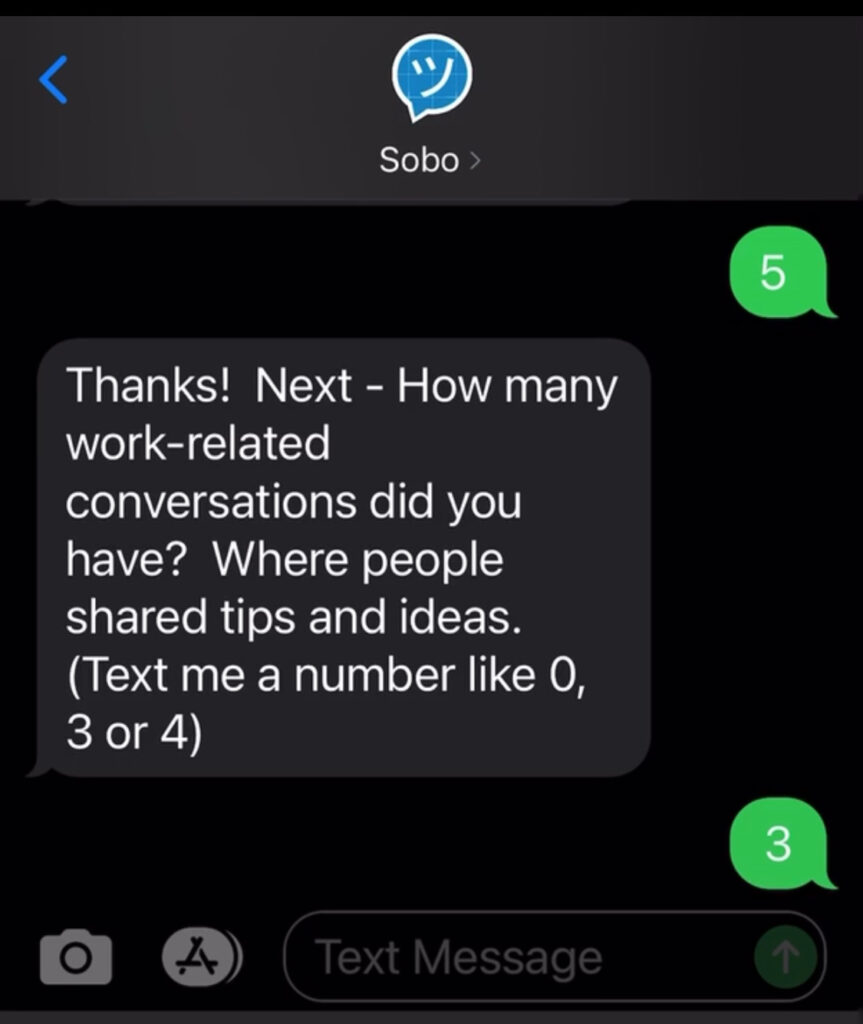
In partnership with Mobile Coach, I created a conversational AI Social Network Analyzing Chatbot. The bot is capable of anonymously surveying employees to identify which business areas are connecting and the nature of these connections. The data helps identify areas of strength and weakness in work relationships.
In partnership with Mobile Coach, I created a conversational AI Social Network Analyzing Chatbot. The bot is capable of anonymously surveying employees to determine which business areas are connecting and the nature of these connections. The data helps identify areas of strength and weakness in work relationships.

Publishing
Co-wrote Social By Design, a practical book on the why and how of systems change to naturally unleash employee knowledge sharing, improve employee engagement and spur innovation. Click the image to learn more about how to become a more social by design organization.
What'd they say?
“Read this book in a morning or an evening, and it will open your eyes to to something new about the systems of your life and work: where you were sure the problems were because of certain people, you’ll now see those people are reacting to the systems they are operating in. It had me see where I could pull a thread or two and unravel the fabric that wraps up the systems in Fortune 100s that I support, and where I can be an agent of freedom in these organizations by applying Social by Design. – Robert J Feeney, Chief Vision Officer at Knowledge as a Service, Inc.
Co-wrote Social By Design, a practical book on the why and how of systems change to naturally unleash employee knowledge sharing, improve employee engagement and spur innovation. Click the image to learn more about how to become a more social by design organization.

Speaking Engagements
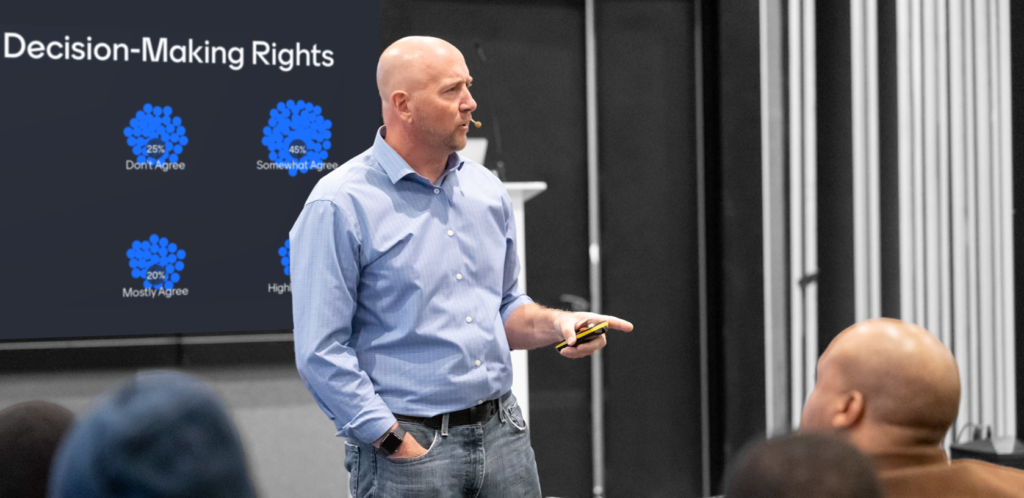
I speak regularly on the impact of organizational design on employee performance. You can find me at US events such as DevLearn, ATD Techknowledge and internationally at London's Learning Technologies conference. I have also been the keynote at the Chicago Elearning and Technology Showcase and the HR & Innovation Tech Fest Africa in Johannesburg, SA.
I speak regularly on the impact of organizational design on employee performance. You can find me at US events such as DevLearn, ATD Techknowledge and internationally at London's Learning Technologies conference. I have also been the keynote at the Chicago Elearning and Technology Showcase and the HR & Innovation Tech Fest Africa in Johannesburg, SA.
What'd they say?
“What I envy most about Mark’s style is his confidence and the command he holds over the room. You trust that you are in the hands of a person who knows his stuff and can handle whatever comes his way. That’s why I invited him to be the keynote speaker at this year’s Chicago eLearning & Technology Showcase.” – Hadiya Nuriddin, Event Director, CETS
Find me speaking at:
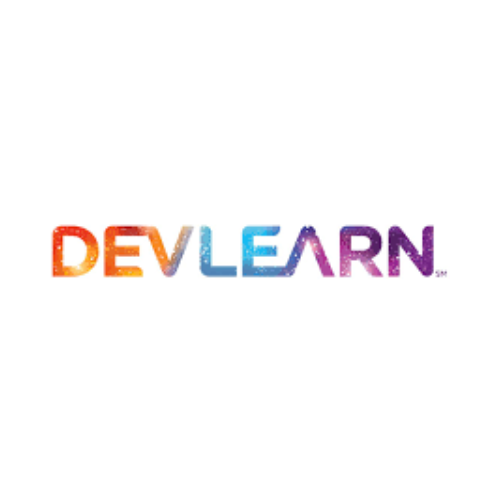
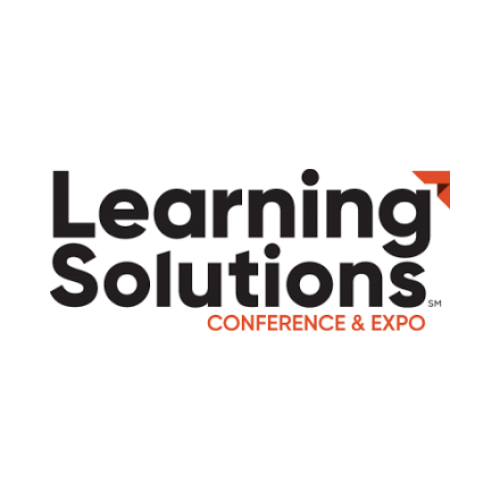
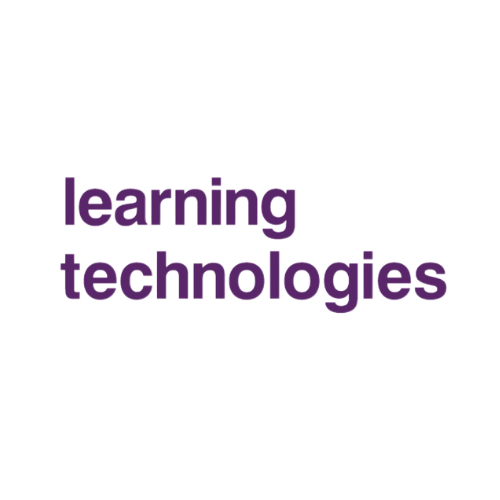
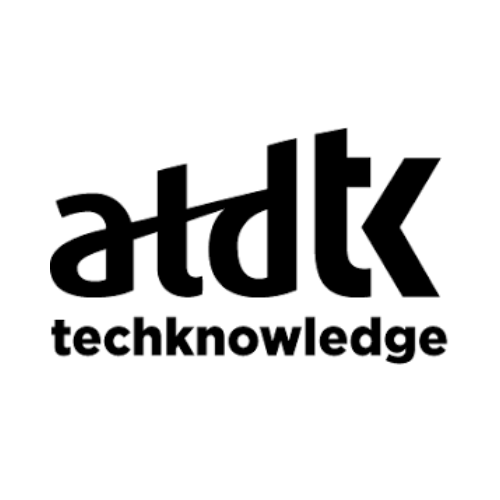
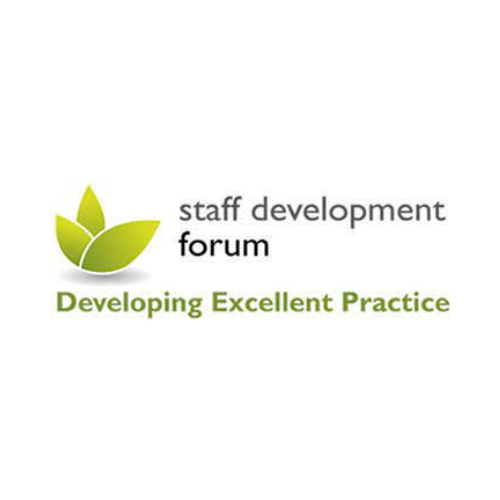
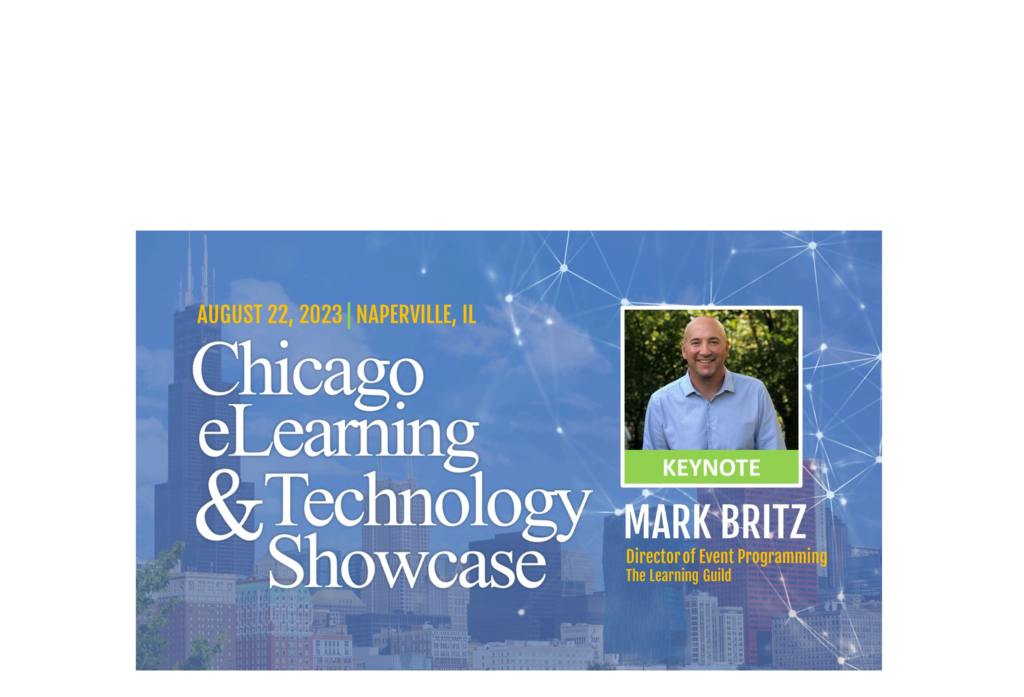
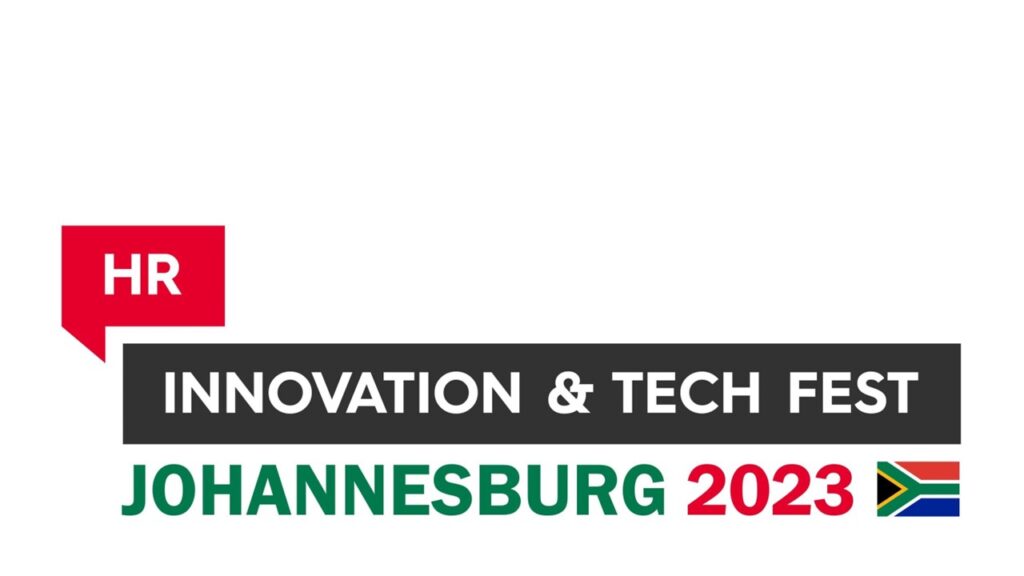

Would you like to learn more about these solutions?
Schedule a 30 minute conversation.
